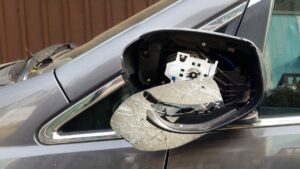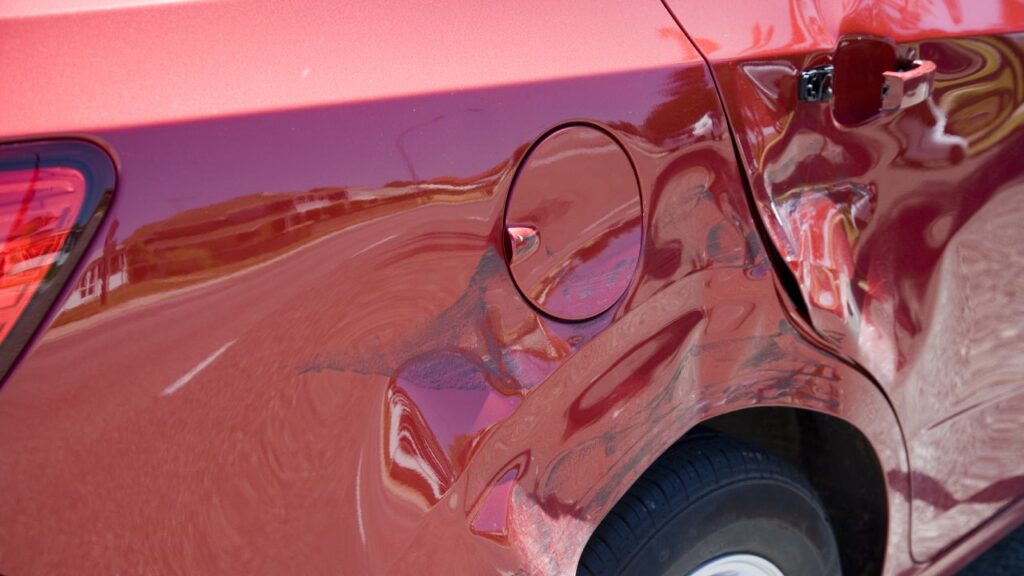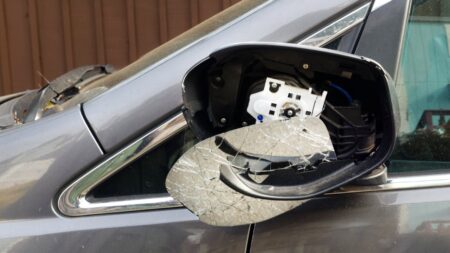If you are involved in a hit-and-run accident in Colorado, you know how unsettling the experience can be. If you are the victim, you may have coverage in your insurance policy for damage and injuries — but only if you have collision and uninsured motorist coverage. If you are at fault in a hit-and-run, you should know that Colorado hit-and-run laws detail a series of increasingly severe punishments, depending on how serious the accident is. In this guide to Colorado hit-and-runs, we review what you need to know if you are ever involved in a hit-and-run accident in the Centennial State.
Hit-and-runs in Colorado
Hit-and-runs are common across the Centennial State. The Colorado State Patrol (CPS) investigated 2,700 hit-and-runs in 2022, which breaks down to around 7.4 incidents per day. The CPS also reported a 22 percent increase in investigated hit-and-runs from January to March of 2023.
Regardless of your method of getting around, it is important to keep vigilant and cautious to avoid accidents. And if you are involved in a collision, stop immediately and make sure you take the appropriate action. The consequences are usually far less significant than leaving the scene.
Colorado hit-and-run laws
The Colorado hit-and-run statute is more extensive than other states. The punishment depends on the severity of the crime, as follows:
- Property damage hit-and-run: This could be considered a class 2 misdemeanor, punishable by up to $300 in fines and up to 90 days in jail.
- Non-serious injury hit-and-run: This could be considered a class 1 misdemeanor, punishable by up to $1,000 in fines and up to one year in jail.
- Serious injury hit-and-run: This could be considered a felony, punishable by up to six years in prison and fines of up to $500,000.
- Fatal hit-and-run: This could be considered a felony, punishable by fines of up to $750,000 and a sentence of up to 12 years in prison.
In addition, your license may be suspended or revoked, affecting your car insurance premiums for years.
How hit-and-runs impact car insurance rates in Colorado
When it comes to auto insurance, even a misdemeanor hit-and-run with minimal property damage could raise your car insurance premiums more than a standard accident if you are at fault. That’s because the severity of the charge is greater. An accident can happen to nearly anyone — that is what insurance is for. But choosing to flee the scene of an accident and potentially risking others’ lives is seen as particularly irresponsible and has serious consequences associated with it because of the risk factor.
If you’re found guilty of a hit-and-run in Colorado, you’ll likely see a substantial increase in your premiums or your insurer may even cancel your policy. That’s because insurance companies generally view high-risk drivers, such as those with incidents like hit-and-runs on their record, as more likely to file future claims. On the other hand, if you’re a victim of a hit-and-run, Colorado laws prohibit insurance companies from removing or reducing discounts applied to the policy since the accident wasn’t your fault.
5 things to do after a hit-and-run in Colorado
Evading your responsibilities as a driver involved in an accident may come with a hit-and-run charge in Colorado. Whether you only cause a minor fender bender or accidentally swipe a parked vehicle or mailbox, there are five steps you should follow to help ensure you act within your legal obligations:
- Stop immediately: The hit-and-run Colorado statute requires that drivers immediately stop if they’re involved in an accident that causes bodily harm or death. Leaving the scene of an accident may be considered a hit-and-run and in the state of Colorado, the chances of being caught after fleeing are high. Colorado is the first state to enact the Medina Alert. Similar to an Amber alert, authorities and the public receive notification of a hit-and-run driver’s vehicle make, model and license plate number — when available — following incidents that lead to serious bodily injury or death.
- Make sure everyone involved is okay: Safety should be the top priority. Make sure no one else is injured. If anyone is hurt, call for emergency services right away.
- Report the accident: Accidents in Colorado must be reported. If the crash is serious, call for a police officer who can investigate and write a report. If it is a less serious accident, you could file a report online when you are safely home.
- Take photos of the damages: If you can do so without endangering yourself in traffic, take photos of any damages to your vehicle — this will help you when filing a claim later.
- Contact your insurer: Let your insurance company know you were involved in an accident and file a claim, and submit details about the accident such as police reports, witness statements and photos.
Will insurance cover a hit-and-run?
Insurance carriers will generally cover the liability portion of a hit-and-run, such as injuries to others or your defense in court. However, unless you have a full coverage insurance policy that includes collision coverage, reimbursement for repairs and damage to your vehicle would not be included. If you were the victim of a hit-and-run and could not identify the person or vehicle who struck you, uninsured motorist coverage may still cover your related expenses and losses.
Frequently asked questions
Read the full article here
















